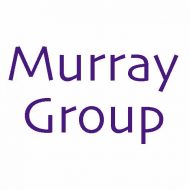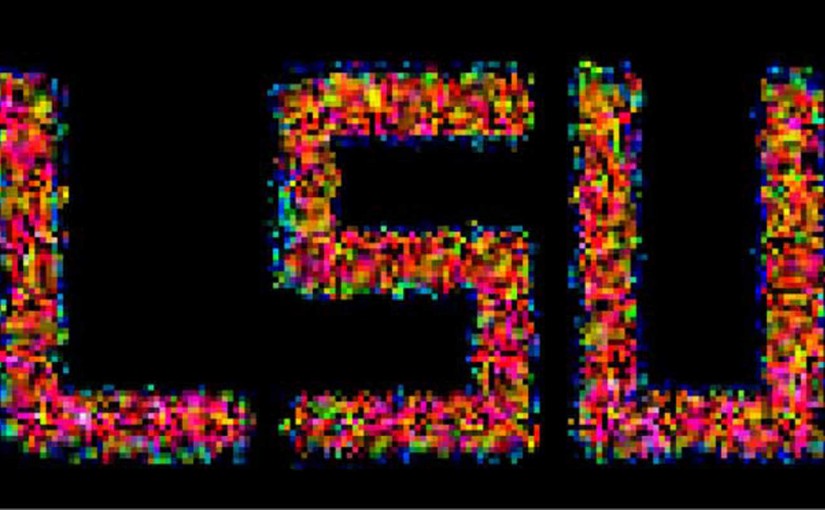S.-G. Park, K.K. Murray, “Infrared laser ablation sample transfer for MALDI imaging,” Anal. Chem. 84 (2012) 3240–3245. doi:10.1021/ac3006704.
Abstract: An infrared laser was used to ablate material from tissue sections under ambient conditions for direct collection on a matrix assisted laser desorption ionization (MALDI) target. A 10 μm thick tissue sample was placed on a microscope slide and was mounted tissue-side down between 70 and 450 μm from a second microscope slide. The two slides were mounted on a translation stage, and the tissue was scanned in two dimensions under a focused mid-infrared (IR) laser beam to transfer material to the target slide via ablation. After the material was transferred to the target slide, it was analyzed using MALDI imaging using a tandem time-of-flight mass spectrometer. Images were obtained from peptide standards for initial optimization of the system and from mouse brain tissue sections using deposition either onto a matrix precoated target or with matrix addition after sample transfer and compared with those from standard MALDI mass spectrometry imaging. The spatial resolution of the transferred material is approximately 400 μm. Laser ablation sample transfer provides several new capabilities not possible with conventional MALDI imaging including (1) ambient sampling for MALDI imaging, (2) area to spot concentration of ablated material, (3) collection of material for multiple imaging analyses, and (4) direct collection onto nanostructure assisted laser desorption ionization (NALDI) targets without blotting or ultrathin sections.




